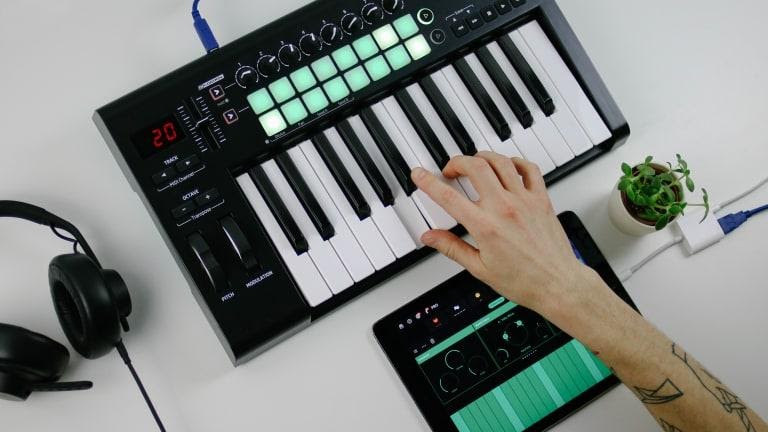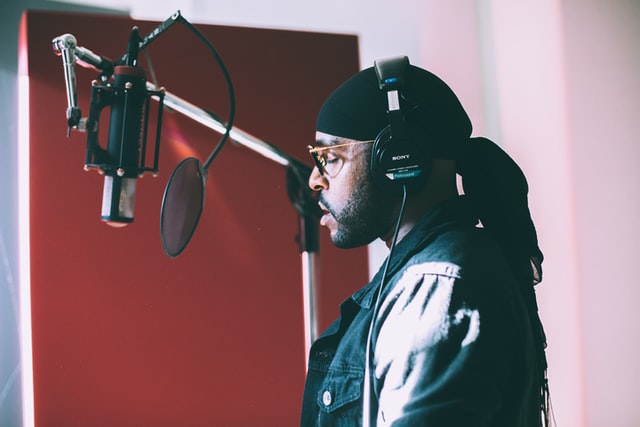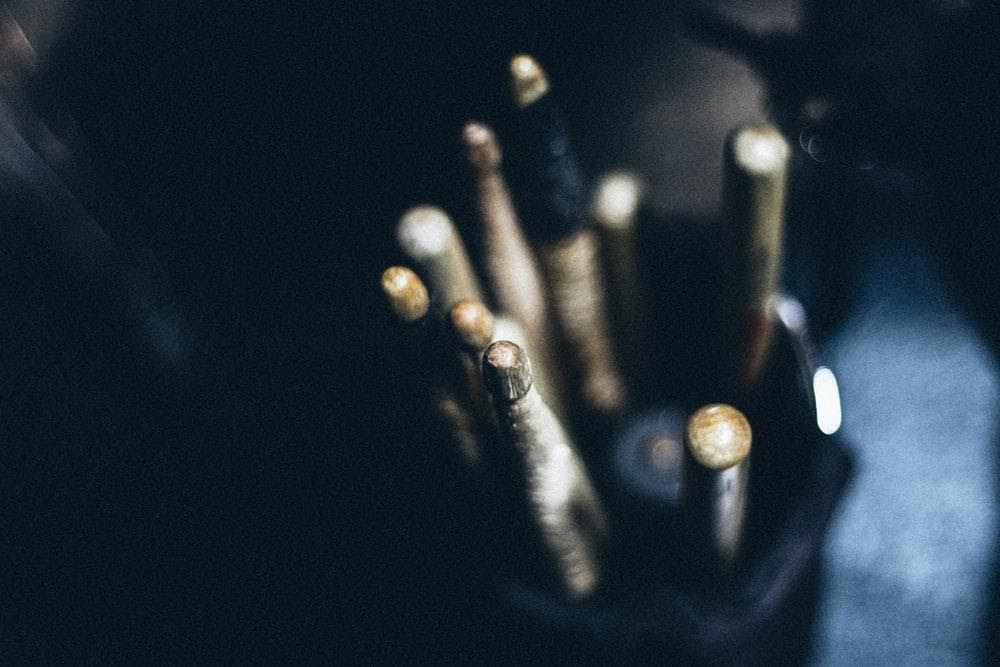MIDI controllers are the go-to device used to create music, to edit pre-programmed parts from your Digital Audio Workstation (DAW) and to perform/produce electronic music. With our buying guide, you’ll be able to find the perfect MIDI controller that suits your needs and will help you compose, edit, arrange and complete your music in no time at all.
What Is MIDI?
It’s important to realize that MIDI is not audio. MIDI is a communication standard that allows pieces of equipment to ‘talk’ to one another. Any virtual instrument can be played using a MIDI keyboard controller. The MIDI standard has been around since the 80’s and is used for everything from playing music and triggering drum kits to launching pyrotechnics on stage at specific times. MIDI controllers don’t themselves make sounds, but rather, can be paired with a DAW or hardware to enable its full function.

Key Considerations
Finding the perfect MIDI controller can be tricky. Getting the right combination of features for you can be complicated, but there are a few ways to make it easier. Consider the following:
-
What is your budget?
-
What is your use case for the MIDI controller?
-
Is this controller for a specific purpose, like interacting with a specific DAW, live performance or for mixing in the box?
-
Do you need lots of controls?
-
Do you need a USB/Firewire connection?
-
Do you need a touch screen?
What’s The Difference?
We have two different types of buttons and knobs - basic buttons and encoders. Encoders display the state of the value from the Digital Audio Workstation (DAW) and is updated in the real world when changed on the DAW. This is helpful when you are playing with filters or EQ kill switches. With conventional MIDI control knobs, there’s no visual feedback when things change, so you’d be best using these keys for things like starting playback and skipping time.
We often use encoders for things like Solo, Mute, Phase Reverse switches.
It’s also a good idea to get some encoders that aren’t remapped. This is recommended to allow personalisation based on performance and arrangement. Mapping a single knob to filter cut off, resonance and whether or not the filter is engaged on a synth plugin is a great ‘space saver’ which would usually take three knobs on your device.
Which Controller Suits Your Needs?
MIDI Controllers come in a variety of shapes and sizes. Some have keyboards, faders, buttons, switches and performance pads in varying combinations.
Keyboard Controllers
Keyboard Controllers are the most common type of MIDI controller. They are mainly used for triggering synths and drum kits on a DAW, and often have fewer faders and pads than a dedicated MIDI controller.
The MIDI keyboards allow communication of pitch information to your DAW or other hardware devices. The main variables with keyboard controllers are the number of keys, their weighted properties and whether or not they are functional as a keyboard in their own right.
Most commonly, MIDI keyboards have 49 keys. However, if you are a pianist, you may wish for more keys. Different controllers have different sized keys. For instance, the Korg Micro-key 2 has a smaller footprint aimed at portability in direct contrast to the M-Audio Oxygen 61 Keyboard Controller which has full-sized keys meant for the desk at a home studio.

Most MIDI controllers have a pitch bend wheel and a volume wheel, both of which can be assigned to other features in your DAW. If you don’t need keys, however, you’d be better suited with a different kind of MIDI controller.
DAW Specific Controllers
Most major DAW’s have a specific piece of kit that is fully integrated with the software. Depending on the DAW you use, you may be interested in the following:
For Cubase or Nuendo, check out the Faderport, created to speed up workflow. These emulate a control strip on a mixing desk and have some extra buttons for controlling functions inside the DAW.
If you are using StudioOne, you could use the Faderport8 for controlling your mixes, and the PreSonus ATOM for using as a drum trigger pad.
If Ableton Live is more to your liking, you’ll find the Ableton Push 2 to be more than adequate. The push relays much of the information you’d see on the screen and has a large number of knobs and trigger pads to playback your song or DJ set.
If you are using Pro Tools or any other DAW, there are a variety of compatible controllers like the Faderport8 or Behringer X-TOUCH. It has silky-smooth compatibility with Pro Tools, helping you nail that mix with eight faders and transport functionality.

Performance Tools
MIDI controllers aren’t just used for hands-on control of the DAW functionality though. Once you’ve finished your mix and you want to perform your music, MIDI controllers can be of use.
The XONE MIDI controllers by Allen and Heath are perfect for DJ mixing, cutting samples together. They also make for a good accompaniment to a drummer.
Our favorites are the Ableton Push and Novation Launchpad for live performance. They are practically the industry standard, offering a massive group of trigger pads and the versatile functional layers mean you have hundreds of clips to call on for a live situation.

DJ Tech-tools also create the MIDI Fighter - an encoder box with 16 physical encoders, that has four layers offering 64 sets of parameters. These are great controllers for the performer and are very useful as an additional controller besides a more traditional keyboard controller.
We are building a community of musicians and creators in the Middle East – those not afraid to follow their dreams and expand creative horizons. One way we support aspiring, active creators on their journey is by sharing a variety of content and information across essential topics in this complex and exciting industry of musical instruments and content creation gear.
When you're looking to pick up instruments or music and sound gear, get in touch with us for recommendations, the latest information on new and discontinued models, as well as sales and promotions. Whether you’re looking for a guitar, a keyboard, a piano, a drum kit, studio recording equipment, music production tools, or DJ gear – we can promise the widest variety, knowledgeable advice and the lowest prices across Dubai, Abu Dhabi, Sharjah, UAE, the Sultanate of Oman, the Kingdom of Bahrain, the State of Kuwait, and the Kingdom of Saudi Arabia.






